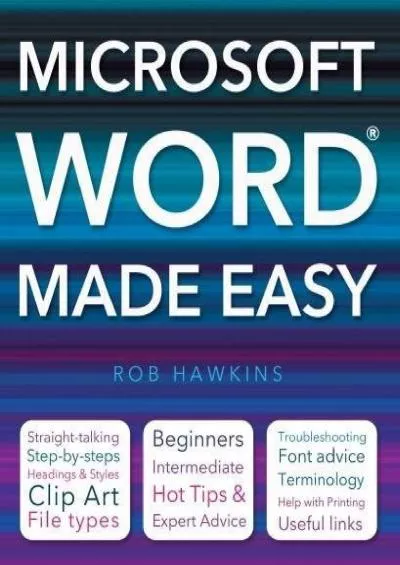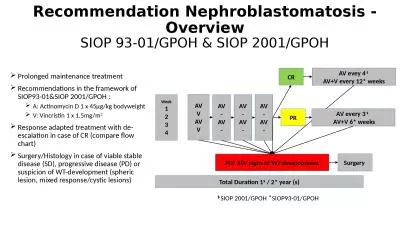PPT-Chapter 6 – SIOP Made Easy
Author : myesha-ticknor | Published Date : 2018-03-21
THE SIOP MODEL Chapter 6 Interaction SIOP Made Easy Todays Objectives Content Language TWBAT identify ways to increase interaction in their classrooms to effectively
Presentation Embed Code
Download Presentation
Download Presentation The PPT/PDF document "Chapter 6 – SIOP Made Easy" is the property of its rightful owner. Permission is granted to download and print the materials on this website for personal, non-commercial use only, and to display it on your personal computer provided you do not modify the materials and that you retain all copyright notices contained in the materials. By downloading content from our website, you accept the terms of this agreement.
Chapter 6 – SIOP Made Easy: Transcript
Download Rules Of Document
"Chapter 6 – SIOP Made Easy"The content belongs to its owner. You may download and print it for personal use, without modification, and keep all copyright notices. By downloading, you agree to these terms.
Related Documents

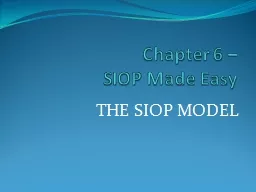

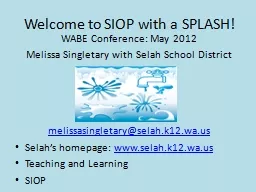
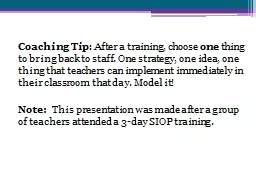

![[EPUB] - Pantry Stuffers Rehydration Calculations Made Easy: U.S. Measurements / Pantry](https://thumbs.docslides.com/888299/epub-pantry-stuffers-rehydration-calculations-made-easy-u-s-measurements-pantry-stuffers-rehydration-calculations-made-easy.jpg)
![[EPUB] - Pantry Stuffers Rehydration Calculations Made Easy: U.S. Measurements / Pantry](https://thumbs.docslides.com/890126/epub-pantry-stuffers-rehydration-calculations-made-easy-u-s-measurements-pantry-stuffers-rehydration-calculations-made-easy-61543981b05ef.jpg)
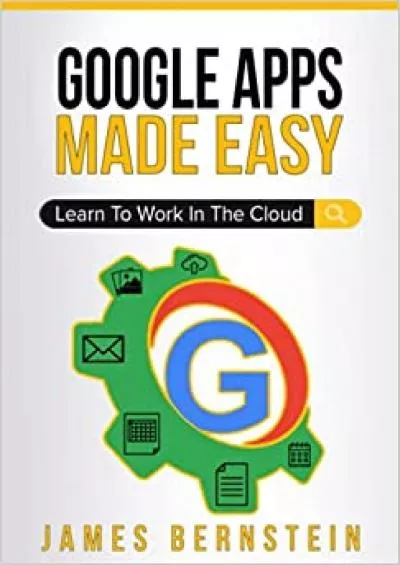

![[eBOOK]-Coding HTML and CSS: Expert Advice, Made Easy (Everyday Guides Made Easy)](https://thumbs.docslides.com/975709/ebook-coding-html-and-css-expert-advice-made-easy-everyday-guides-made-easy.jpg)
![[FREE]-Malware Human-Computer Interaction:Malware Detection Threats Made Easy! The](https://thumbs.docslides.com/986789/free-malware-human-computer-interaction-malware-detection-threats-made-easy-the-fundamentals-made-easy.jpg)
